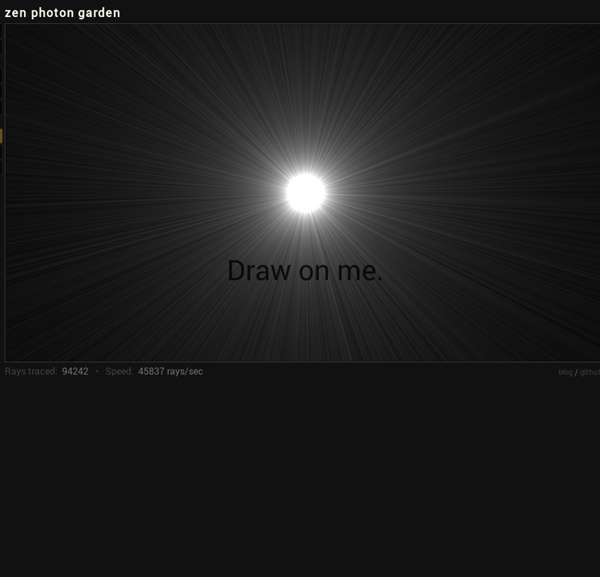



Dead Drops | Un-cloud your files in cement! 'Dead Drops’ is an anonymous, offline, peer to peer file-sharing network in public space. The Shelf | Journal Pourquoi créer une revue papier sur le livre à l’heure où l’Internet remet en question le matérialisme tout naturel de l’Occidental moyen, à l’heure où la valeur pécuniaire de «l’objet livre» refoule les adeptes du savoir gratuit disponible sur la toile ? Que deviennent aujourd’hui ces cahiers reliés, fondement de notre société, détenteurs de notre Histoire ? Face à la dématérialisation des contenus éditoriaux, la pratique du design au sein du livre prend une dimension d’autant plus importante. Objets anodins ou véritables œuvres d’art, les livres, à travers leurs formes et les histoires qu’ils racontent, ont la vocation de créer un lien unique avec ceux qui les lisent, les consultent ou les possèdent. C’est de cet attachement quasi-charnel qu’est né The Shelf Journal. The Shelf Journal revue bilingue français/anglais Conception éditoriale: Morgane Rébulard & Colin Caradec Conception graphique: The Shelf Company Édité par: The Shelf Company
polyopticsLABs designer toys new york 555 Circuits Archives | Page 2 of 3 | Circuits Gallery Have you seen Audi, Lexus or Ford rain sensing wipers and wondered how they work in these vehicles? They are handled by sensors at the center of the windscreen which detects rain water and turns on the wiper motor. Here is the working of rain sensitive wipers with circuit schematic. The main component of this… Continue reading → How to make a touch sensor? Continue reading → Components Required IC 555 Transistor BC 548 Diode (6A4 x5 ,1N4007) Zener diode (5.1V) LED (red, green) Capacitor 4700uF,25V Resistor (1K x 3,820,2x10E 10W) Variable resistor 10K Relay 12V,10A Transformer 230V/0-15,5A Advertisement This is a simple DIY charge controller schematic posted in response to a request by one of our readers on our facebook page. Continue reading → How to change the brightness of a LED? Continue reading → Few days back, here on CG we introduced an astable frequency calculator tool and the response we got from that motivated us to present a similar one for monostable too. Continue reading →
Interior Interior 2001.lu Patricia Low Gallery / Gstaad / Table Bernard Dubois Mediathèque / Liège / Lhoas & Lhoas Vanhaerents housing/Lhoas&Lhoas Housing renovation/Lhoas&Lhoas Cinéma des galeries / Bernard Dubois / Sophie Dars Appartement / Lhoas & Lhoas Alice Day Gallery / V+ A model. Scenography for Victor Horta exhibition / V+ Appartement renovation / Ici architects Ageas office / Lhoas & Lhoas Almine Rech Galery / Lhoas & Lhoas Apprtement/Lhoas & Lhoas Belgian post modern building Architecture © 2013 All Rights Reserved. Lego will fix our broken bricks | THE G. CANYON IN A CRACK Two weeks ago, we took part to a workshop leaded by Jan Vormann, artist and creator of Dispatchwork, a nice, colored urban “hacking” practice which consists in filling holes in stone or brick-made wall with hundreds of lego bricks. It was a nice afternoon and we had the chance to talk a bit with the artist about this practice. He came to know very well the pieces he handles and can easily fix whatever kind of hole he finds with a fine, superior technique. Building worlds made entirely out of lego is a reminiscence of our childhood but using them to “fix” wall in a urban hacking practice sounds kind of more grown-up game, maybe closer to contemporary street art practices, but in a reversible way, since legos can in any moment be removed, dismantled and turn back to their original shape. Photos by The G. We thank Jan Vormann for the time he spent sharing with us his art and his technique. Like this: Like Loading...
In Pieces - 30 Endangered Species, 30 Pieces. Business Card Cubes To everyone who came by our table at the World Maker Faire 2014 in New York, it was wonderful meeting you and sharing strange papercraft with you. I’m completely wiped out from meeting so many amazing people over the course of the two days, but I hope to get some of the more advanced diagrams up on this page in the next couple of days, so check back here soon for more info. In the meantime: You can download instructions here, and read more about these wonderful sculptures here, and learn about their creator, Dr. Jeannine Mosely, here. Questions? © 2014 Zev Eisenberg